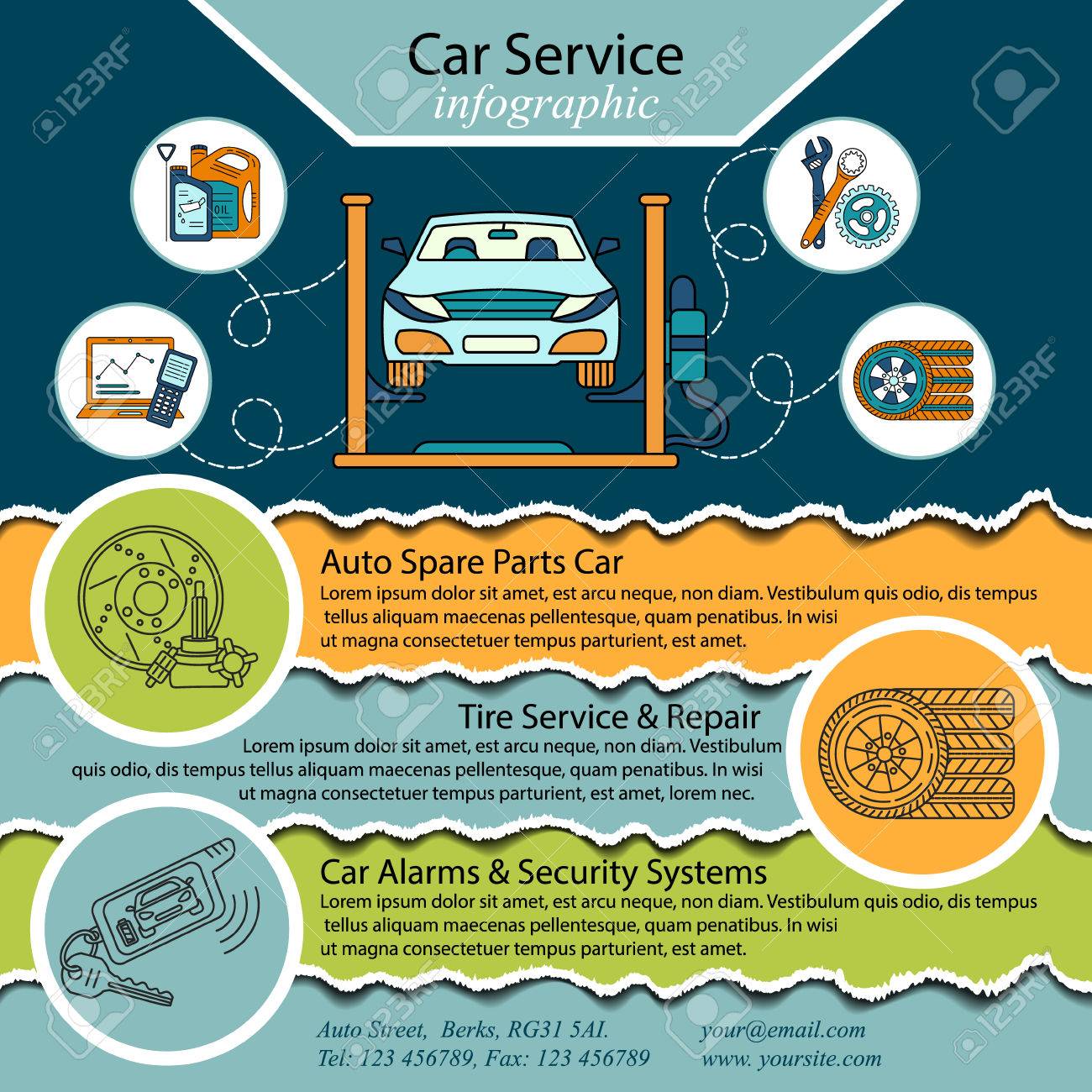Recognizing Your Automobile'S Warning Lighting: What Do They Actually Mean?
Recognizing Your Automobile'S Warning Lighting: What Do They Actually Mean?
Blog Article
Team Writer-Sykes Dalgaard
When you're behind the wheel, those glowing warning lights on your control panel can be a little bit complicated. Do you recognize what they're attempting to tell you about your auto's health and wellness? Comprehending the importance of these lights is vital for your safety and the long life of your lorry. So, the following time one of those lights turns up, wouldn't you intend to analyze its message properly and take the needed steps to resolve it?
Common Warning Lights and Interpretations
Identify common caution lights in your auto and comprehend their meanings to guarantee secure driving.
The most normal caution lights include the check engine light, which signifies issues with the engine or emissions system. If this light comes on, it's critical to have your vehicle checked without delay.
The oil pressure warning light suggests low oil stress, calling for prompt attention to prevent engine damage.
A flashing battery light might recommend a defective billing system, possibly leaving you stranded if not addressed.
The tire pressure monitoring system (TPMS) light informs you to reduced tire stress, impacting car stability and fuel effectiveness. Neglecting this can cause hazardous driving conditions.
The ABS light shows a trouble with the anti-lock stopping system, endangering your capacity to stop quickly in emergency situations.
Finally, the coolant temperature advising light warns of engine overheating, which can lead to serious damage otherwise settled promptly.
Understanding these typical caution lights will assist you address problems quickly and keep risk-free driving problems.
Significance of Prompt Attention
Comprehending the usual caution lights in your vehicle is just the primary step; the importance of promptly addressing these warnings can not be stressed enough to ensure your safety when traveling.
When a caution light illuminates on your control panel, it's your auto's method of communicating a possible issue that needs focus. Disregarding these cautions can lead to more serious issues in the future, compromising your safety and security and potentially costing you more in repairs.
Trigger focus to advising lights can avoid break downs and crashes. As an example, a flashing check engine light might show a misfire that, if left ignored, might create damage to the catalytic converter. Addressing mouse click the following article can save you from an expensive repair service.
In a similar way, a brake system alerting light may indicate low brake liquid or worn brake pads, critical elements for your safety when driving.
DIY Troubleshooting Tips
If you notice a caution light on your dashboard, there are a couple of do it yourself troubleshooting pointers you can try prior to seeking expert aid.
The primary step is to consult your automobile's handbook to understand what the specific caution light suggests. Often the concern can be as simple as a loose gas cap triggering the check engine light. Tightening up the gas cap may fix the trouble.
An additional usual problem is a low battery, which can set off different warning lights. Examining https://andersonrmgbv.thelateblog.com/32651103/exactly-how-can-mobile-cars-and-truck-outlining-change-your-automobile-care-experience-while-ensuring-top-quality-discover-the-key-factors-to-take-into-consideration-before-choosing-a-detailer for corrosion and ensuring they're safe and secure may take care of the issue.
If a warning light persists, you can attempt resetting it by separating the automobile's battery for a few minutes and after that reconnecting it. Additionally, examining your lorry's fluid levels, such as oil, coolant, and brake liquid, can aid fix cautioning lights connected to these systems.
Conclusion
To conclude, understanding your automobile's warning lights is essential for keeping your automobile running efficiently and securely. By without delay attending to these alerts and understanding what they indicate, you can stay clear of costly repair services and prospective breakdowns.
Bear in mind to consult your automobile's manual for specific details on each alerting light and act as necessary to make sure a hassle-free driving experience.
Stay educated, stay risk-free on the road!
